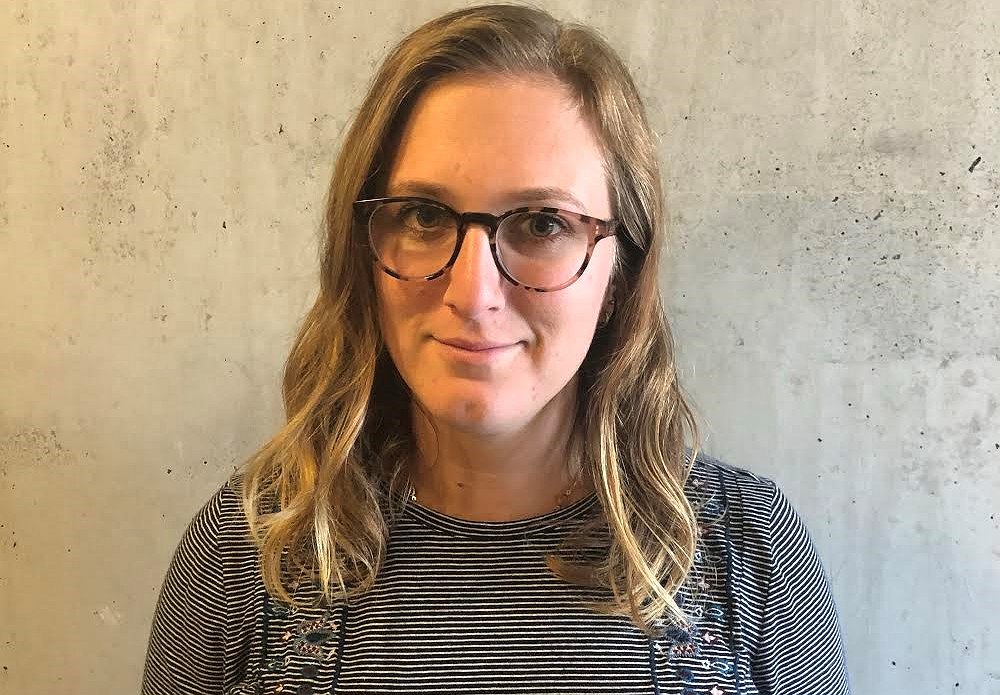 Being a woman in tech is both exciting and challenging.
There is the fascination with creating innovations in the media field and
sometimes there is the uncertainty that comes with being one of the few women
in the room. Alex Smith, Product
Manager, Rubicon
Projects, is mastering both technological developments and amplifying the
female voice in tech as she not only manages product development for her
company but also assumes the position of Chairperson at Prebid.org, an open
source organization for coders and publishers.
Being a woman in tech is both exciting and challenging.
There is the fascination with creating innovations in the media field and
sometimes there is the uncertainty that comes with being one of the few women
in the room. Alex Smith, Product
Manager, Rubicon
Projects, is mastering both technological developments and amplifying the
female voice in tech as she not only manages product development for her
company but also assumes the position of Chairperson at Prebid.org, an open
source organization for coders and publishers.
Smith has an interesting educational background, majoring in
both math and philosophy at the University of Massachusetts at Amherst. “People
ask me why both math and philosophy and I tell them that I am a
multi-disciplinary thinker. I went to college to learn cool stuff and both
subjects were interesting to me.” But
upon graduating from school and focusing on a career, math took precedence.
”The philosophy factory down the street wasn’t hiring,” she deadpanned. Smith’s
first job was with Liberty Mutual in the technological development program. She
tried different areas before discovering product management which combined many
areas that she liked. From there she went to Rubicon Projects where her blend
of philosophy and math is the perfect combination to not only develop intuitive
products but also bring technologists together.
Being one of the few women in technology I wondered if
progress has been made in integrating more women into the field. Smith
hesitated when I asked that question. “Ah… It’s hard to say. I think that we
are making a lot of progress in education right now in tech. I think it still
hasn’t gotten to the workforce. When I was in college it was rare to see women
in computer science classes. When you told people that you were going to get a
job in tech they would look at you a little funny.” Now there are many organizations, such as
Girls Who Code and Coding with Klossy, who are making great strides in
welcoming girls into the STEM disciplines.
Of course, making educational advancements is an important
first step. But it is also one that takes years to remedy within the workforce.
“So while I haven’t seen many changes in the workforce yet,” Smith admitted, “I
think we are about to see a great wave of women entering the technological
workforce.” I myself would love to see this process expedited but this takes
time. Smith is optimistic however that the great female wave is coming soon and
the industry is ready to hire them. “We need to start with education,” she
concluded, “The most important thing industries can do is to support education
from middle school, up, to encourage girls to get into these technical fields.
We will reap benefits years later.”
How did she manage to overcome workplace obstacles?
“Something for me that was instrumental in tech was having a mentor who
concentrated on my career growth.” Smith was lucky to meet a project manager at
Liberty Mutual who was an advocate for women in tech and who developed into not
only a mentor but a good friend. “Having her and her mentorship from the
beginning greatly impacted my career and how I think about being a woman in
tech and a person who cares about others in tech.” For Smith, mentorship is
critical to develop a strong sense of belonging and confidence to take your
career to the highest level it can go.” It can be a make it or break it
factor,” she stated.
Navigating in the male dominated space is “intimidating,” she
noted. “It can be hard to break in if you are different.” For Smith, not being
a developer and not writing code presented a unique challenge with her
participation in Prebid.org. “While I may not have an opinion about how to
code, I do have an opinion about how we can grow this organization, get more
scale and involve more publishers. I can bring value to this organization.” In
fact, the organization has been very welcoming and she feels confident with her
ability to add value to its mission.
Within the workforce, men can help women progress by “not
just giving them a seat at the table but inviting them to dance.” She suggests
that men can make women feel more comfortable and part of the team by
encouraging them to participate. “It is easy to feel like an outsider,” she
said, adding, women, “need to have courage and just go for it even if you are a
little afraid.” And, she reiterated, “Mentorship is critical.”
This article first appeared in www.MediaVillage.com

